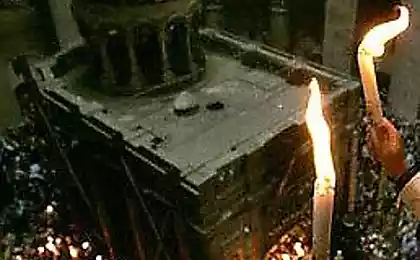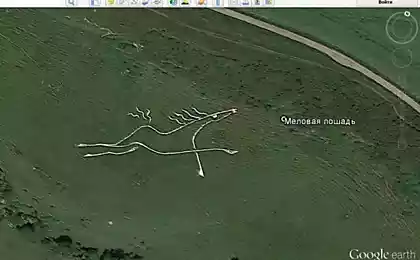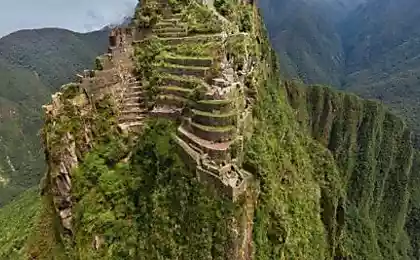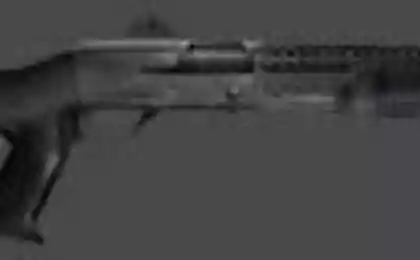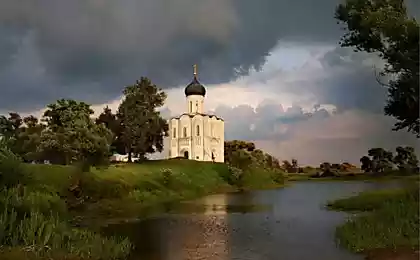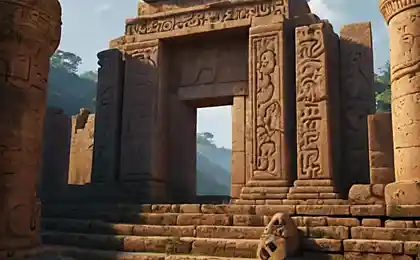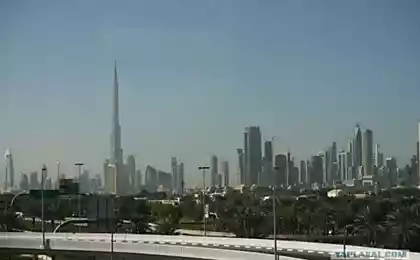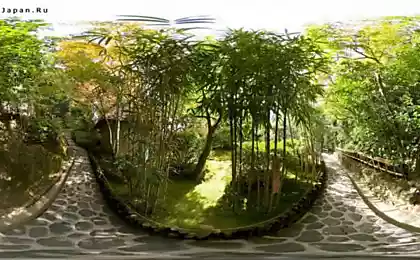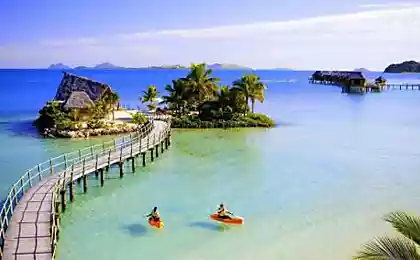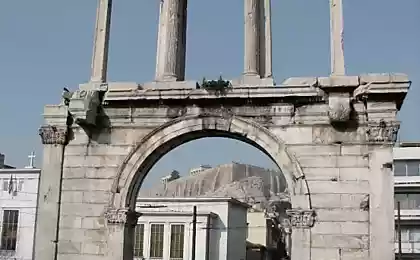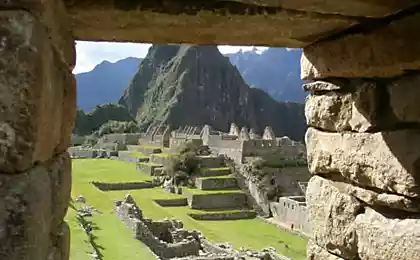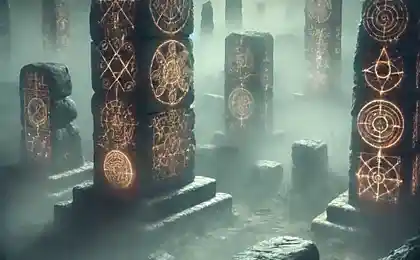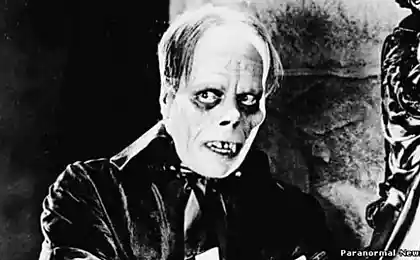929
Fire Temple in Peru reveals ancient secrets
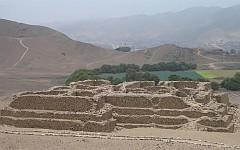
The recent discovery of the ceremonial hearth is believed to researchers, more than 5000 years, and it sheds light on one of the oldest populated areas of the Americas
Ritual center, called the Temple of Fire, was discovered within the El Paraiso, archaeological complex in the valley of Chillon situated near the Peruvian capital of Lima noisy.
Archaeologists say they found a place rites comparable in age to Caral, the oldest pre-Colombian parking in North and South America, which was inhabited between the years 2600-2100. Don. e. Caral is a UNESCO World Heritage Site.
The hearth was found when archaeologists have discovered a narrow entrance in one of the wings of the central pyramid of El Paraiso in January, when they purified the structure of sand and stones.
"We immediately realized the importance of this discovery," - said the project's chief archaeologist Marco Guillen.
Entrance has a width of about 48 centimeters (19 inches) and leads into the room, having a size of eight by six meters (26 by 20 feet), where the sacrifices were burned shellfish, grains, fruits and flowers.
"Stone walls inside the building were covered with veneer of yellow mud with traces of red paint - said Guillen. - According to the beliefs of local settlers, smoke allowed priests to communicate with the gods ».
The temple has four levels. "Every lower older than the next," - says Guillen.
The find shows that the inhabitants of the Andean world of the past had a much closer connection than previously thought. This early design - "project", reproduced in the ancient civilizations of the mountain range for centuries. The central pyramid - the only structure disclosed and studied within the El Paraiso. Experts say that in this location there are 10 architectural units that include churches, squares and residential areas. Archaeologists believe that the central pyramid is intended for public use, while the other two structures, which at first glance look like sand hills include buildings that were probably dwellings.
"We little is known about the other units, because they have not yet been studied," - said the head of archeology at the Ministry of Culture Luis Caceres.
El Paraiso occupies a total area of approximately 50 hectares (125 acres) and is located two kilometers (1, 2 mi) from the Pacific Ocean. In the center of the settlement are stone platforms, discovered by French archaeologist Frederic Engel in 1965.
Today, some of the archaeological site were occupied by farmers and urban areas, although the locals have launched a campaign to stop the further invasion of the area historical value.
Evidence found Engel, allow experts suggest that in El Paraiso lived about 3,000 people, says Guillen.
Researchers are now analyzing samples found at the scene of the ceremonial hearth to learn what to eat settlers. Archaeologists believe that the ancient coastal civilization grown crops and cotton, which are exchanged at the coastal fishermen for food.
The discovery "demonstrates the importance of Lima since time immemorial," long before the arrival of the Spanish conquistador Francisco Pizarro, who founded the Peruvian capital in 1535, told reporters a representative of the Minister of Culture Rafael Varon, when it was publicly announced about the opening.
"There are many things that we have to find out to unravel the mystery that keeps the El Paraiso - Guillen said to Agence France-Presse. - We need to know if there are any structure beneath these structures. We have just started and already found the Temple of Fire. So there is still a chance to make discoveries ».
The government of President Humala Olant allocated 1, 8 million dollars to further research in the castle for the next five years.
